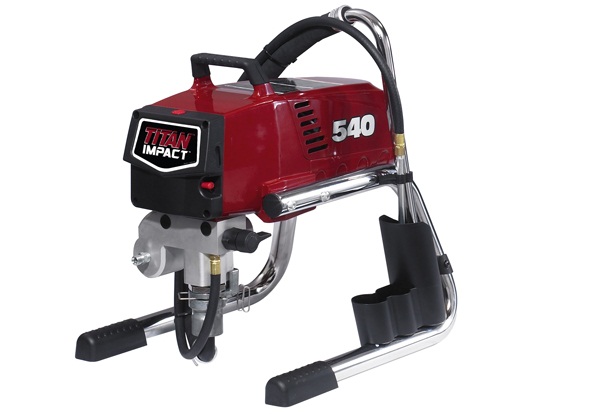Cleaning And Disinfection Tips For Households To Prevent COVID-19
You should also wash your hands after cough and sneeze and when you leave and return from the shopping or work.
Using alcoholic based hand sanitizers is also an effective cleaning method that do wonders. Although, hand sanitizer is not a substitute for washing your hands with soap and water. Using soap and water might be a little easier on your hands, but it won’t necessarily kill all germs. If you wash your hands properly, it will surely wash all the pathogens away.
Cleaning and Disinfection to keep your Home Virus-free
The first point to ponder is that cleaning and disinfecting are two different things. It is highly recommended to do a bit of both even if nobody in your home is ill.
Cleaning is about removing contaminants from a surface such as dirt, grim, dust and body fluids (saliva, cough droplets, blood etc.). On contrary, disinfecting is the process of killing pathogens with the help of disinfectant spray gun and solutions. It is crucial to do both these procedures regularly to prevent coronavirus germs.
Transmission of virus from one person to another is a much greater risk then transmission through surfaces. Thus, it is recommended to frequently clean and disinfect high-touch areas in your home.
Target your Home’s frequently touched Surfaces
Research have revealed that the novel coronavirus is capable of living on surfaces such as cardboard for 24 hours and up to 2-3 days on plastic or stainless steel. This is why cleaning and disinfecting often touched surfaces and objects is an imperative step we all should follow, even if we are not leaving the home. The items or people come in or out of your home, there is a high possibility of exposure to this pandemic.
Following are the frequently touched surfaces that needs regular cleaning and disinfecting:
- Door handles
- Counter tops
- Chairs and tables
- Shelves
- Key chains
- Smartphones and laptops
- Faucets
- Blinds
- Handrails
- Toilets (seats and handles)
- Bathroom counters
- Light switches
- TV remote controls
- Game controllers
Everyone’s home is a little different from each other, so just look for the surfaces you interact with most. According to research, the afore-mentioned are the surfaces and objects that almost every home holds. Now if you know what you need to clean, here’s the steps you should follow:
First Clean, Then Disinfect:
First and foremost, you need to clean out all the contaminants from the surfaces such as dust and debris. You can do cleaning by wiping then with soapy water and a hand towel. After cleaning, you need to appropriately use disinfectants to the cleaned surfaces. The quickest and easiest way to do this is with disinfectant sprayers. You can use high production impact 410 disinfectant sprayer for disinfecting kitchens, bathrooms and TV lounges.
So just adding these steps to your daily routine can help lower the risk of infection for you and your family members. If you don’t have disinfectant products at this time, you can also do this job with soap, detergents and other cleaning agents.
The EPA has a full list of disinfectants that will effectively kill the coronavirus germs. You can find most of the disinfectants online if your local grocery or hardware store is out of stock. Most of the disinfectant solutions have a label that includes the pathogens they are effective against and that is what you will have to look out for more than any particular active ingredient.
If you are buying a disinfectant product that gives an indication for killing influenza, SARS or other harmful viruses, then it would be a plus point.
Below-mentioned are some of the disinfectants that have proven effective in killing bacteria and germs:
- Disinfecting wipes (Clorox and Lysol)
- Quaternary Ammonium Compounds
- Hydrogen peroxide
- Sodium Hypochlorite (Bleach)
- Isopropanol
If you cannot find store-bough disinfectants then there are still plenty of options. Firstly, you need to use more soap, water and scrubbing. That can definitely make a big difference. In addition, you can also make a homemade disinfectant solution using household bleach.
How to prepare disinfectant spray using bleaching solution:
- 4 teaspoons bleach
- 1 quart water
- Pour both into one quart spray bottle and shake well
- Spray on surface to disinfect, leave it to dry for at least 10 minutes
Bleach can be extreme in most cases. You should never combine bleach solution with any other cleaning chemical, otherwise it would damage or discolor sensitive surfaces. Use it as a last resort if you can’t acquire any other kind of disinfectant. While using bleach, don’t forget to wear gloves. Keep the windows open as ventilation is your friend, and be cautious.


